
Cambridge - Its Railways and Station[Source:
Darren Kitson]
Part 9: The Railway at Cambridge post British Rail (continued)
Above, for comparison is single car 153335 at the same spot on 11 July 2003. These railcars usually arrived at Cambridge on Ipswich services. The Anglia livery is, in this case, let down by the doors. 153335 was named Michael Palin and the nameplate can be seen above the fifth bay. These railcars look mildly comical scooting along on their own, much more so than Class 121 and 122 did.
On 12 December 2011 the new island platform at Cambridge station opened following the absence of such a platform for a century and a half. The new island, which comprises platforms 7 and 8, was needed for capacity reasons, is bi-directional on both faces and capable of handling 12-car trains. Its cost was £16.7m and this included track and signalling alterations as well as alterations to platform 5 in connection with the footbridge. Above, we see the site of the island platform in October 2010 before work commenced. The view is looking south from the Tony Carter bridge. It is hard to believe that the land on the left was once part of a large goods yard and that the Newmarket line once swung away across the centre of the image and headed off towards Cherry Hinton.
Above, work is progressing well in August 2011 with the yellow facing bricks in position. On the left, new construction has appeared on former railway land sold off by Network Rail and another part of the former goods yard is in use as a base for the island platforms construction workers. On the right screening around the end of platform 5 can be seen. This work involved shortening the platform to make room for the west pier of the footbridge.
Above, in the early morning of 26 April 2011 we see a Class 170 about to depart platform 5 with the 07:04 to Norwich. Platform 5 has been shortened to allow room for the new footbridge; the area where the fencing stands will be infilled. On the right, yet another style of running-in board can be seen - this time National Express East Anglia. If our fragmented railway had a corporate image a lot of money would be saved by getting rid of the need to constantly change signage, rolling stock liveries and so on. It works well with, for example, London Buses where livery is predominantly red irrespective of who operates the buses.
The view from platform 6 in August 2011 shows progress with the widening of platforms 4 and 5 to accommodate the new footbridge. The buffer stop for platform 5, seen in the previous image, is just out of view to the left. In the entire history of Cambridge railway station, this is the only known instance of a platform being shortened. In the background more of the modern buildings can be seen on the site of the former goods yard. Contractors for the island platform were Colas Rail and Morgan Sindall. Signalling was designed by TICS using the existing GEC equipment as installed in Cambridge PSB.
The almost finished footbridge and lift are seen in November 2011. This view makes the reason for the shortening of platform 5 abundantly clear.
Above, we see the new platforms in action in December 2011 just a few days after opening. Platform 7 is on the right and platform 8 on the left. The view is looking south. The First Capital Connect Class 365s at platform 7 are due to work the 12:30 semi fast to King's Cross. The Class 317s on the left are in sidings. The two signs bearing the number 4 are car stop signs. These are a common sight all over the country and tell drivers where to stop according to train length.
Above, taken at the same time as the previous image we can see the view north along platform 8. In the middle distance is the Carter bridge and beyond that an EMU is on the carriage wash road. In the far distance is Mill Road bridge.
A Class 379 awaits departure for Liverpool Street at platform 4 in December 2014 while a Class 365 loiters at platform 7. The new footbridge is visible and on the left the steps, with lift shaft behind, which necessitated the shortening of platform 5 can be seen. Note the destination on 379017; 'London Liverpool Street'. Quite why, after almost two centuries, the name 'London' has be added to the name of every major station in the capital is a mystery. After all, most such stations in London are termini and in any event people are extremely unlikely to realise where they are having arrived in London. The practice, which seems to have come about with rail 'privatisation', is quite irritating. It is probably a product of the computer age but thankfully London Bridge has not (yet) been renamed 'London London Bridge' which really would be absurd!
If it were not, perhaps, for the scissors crossing the above view taken in March 2013 would be difficult to recognise as being of Cambridge station. On the left Cross Country 170102 calls on a Stansted Airport - Birmingham New Street service while on the right Greater Anglia 379001/3 await departure for Liverpool Street. The Class 379s generally run as 8-car sets.
On the first day of the new island platform, 12 December 2011, we see a view of Cambridge station from the roof of the leisure centre car park which stands on the site of the road approach to the former GER goods shed. Despite all the changes in recent years, the original 1845 station building and the former GNR station building still keep watch over the modern station. The island platform does not have ramps; this is to allow for easy future extension to a length of 260m . As built it is 245m. This provision apparently arose from a, then, proposal to operate IEP (Inter City Express) trains to and from London and King's Lynn in the wake of the abandonment of Thameslink north of Cambridge. However, it seems unlikely IEP trains will be allocated to such a relatively short route when they could be better employed elsewhere but at the time of writing such details are by no means clear.
Cambridge station ticket office in July 2008. On the opposite side, to the left of the photographer, are ticket machines and barriers at the entrance to the platforms. Although obviously remodelled numerous times, the ticket office has remained on the same site for 170 years (there was once two ticket offices accessed from this lobby). It is now hopelessly inadequate and at the time of writing plans are afoot to remedy this. Cambridge receives a vast number of tourists every year, many of them from abroad, and the fact ticket windows double-up as enquiry offices does nothing to ease the inadequacy - nor does the infamously complex ticketing system of the 'privatised' railway.
Coldhams Lane depot and sidings seen from Mill Road bridge in December 2013 using a zoom lend . The sidings would later be empty as the EMUs scuttle off for the evening peak. This illustrates the unavoidable problem with commuter services; during off peak times much rolling stock stands idle and further trains would be similarly stabled opposite the station. Appearances can be deceptive with a zoom lens; the units seen stabled above are mainly, if not all, 8-car sets.
The physical length of the combined platforms 1 and 4, including ramps, is 545m. Excluding ramps it is 530m. The discrepancy between those figures and the figures given in the table above, which total 467m, is explained by operational lengths as dictated by signalling at the scissors crossing. It is not clear if the 6-car capacity of platform 5 takes into account the shortening of the platform although the length does; it was previously 167m. The relatively short length of platform 6 is dictated by the curvature of the track as it approaches the platform. Click here for Part 10: Private sidings
|
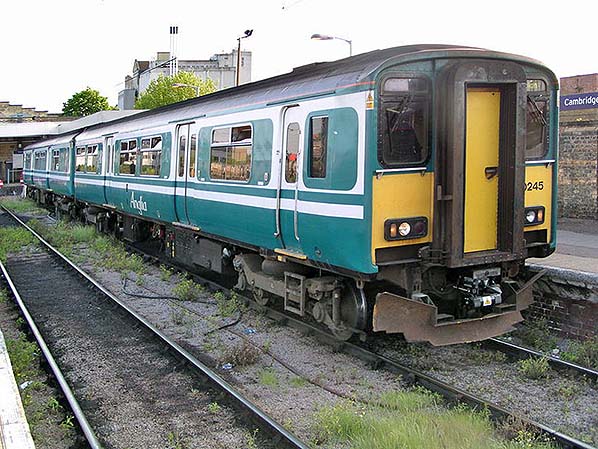
 In June 2004 Anglia Railways 150245 sits in platform 6. The Anglia franchise was originally run by GB Railways and later by First Group; this franchise actually ended three months prior to the above photograph being taken when it became part of the Greater Anglia franchise initially run by National Express with the former Anglia Railways services transferring to One shortly afterwards. Confusing? yes it is and this constant chopping and changing has to be paid for.
In June 2004 Anglia Railways 150245 sits in platform 6. The Anglia franchise was originally run by GB Railways and later by First Group; this franchise actually ended three months prior to the above photograph being taken when it became part of the Greater Anglia franchise initially run by National Express with the former Anglia Railways services transferring to One shortly afterwards. Confusing? yes it is and this constant chopping and changing has to be paid for.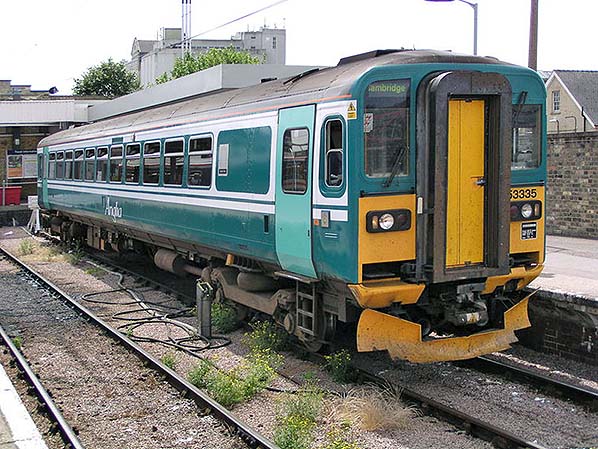
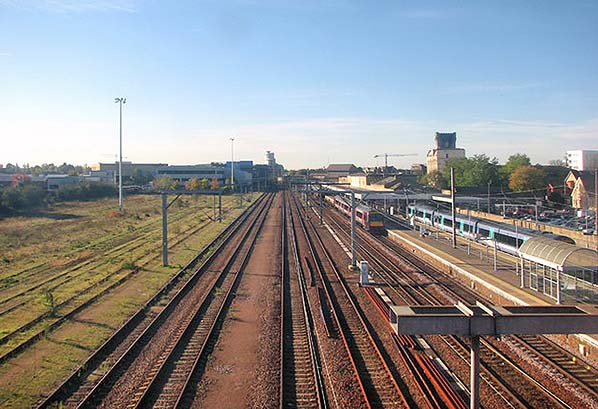
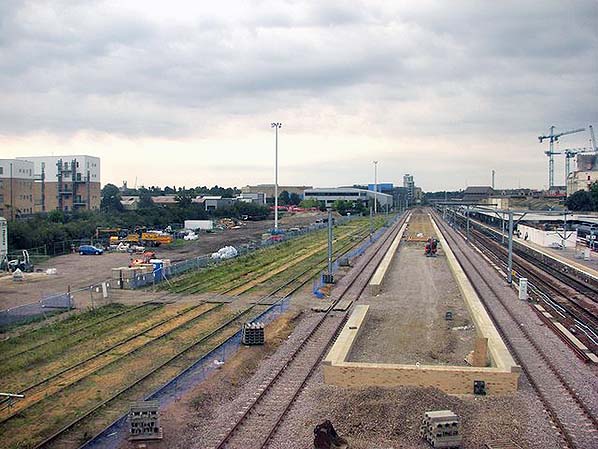
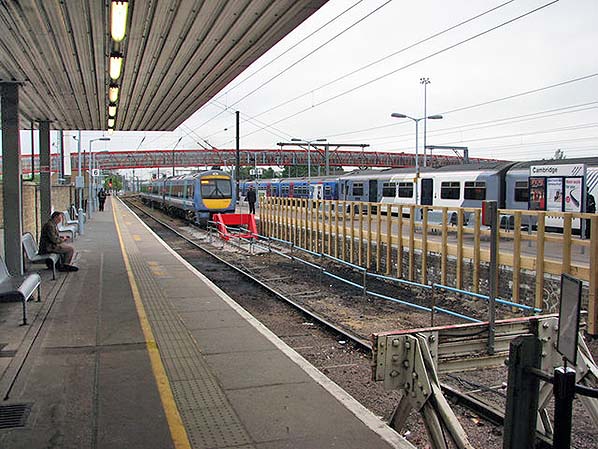
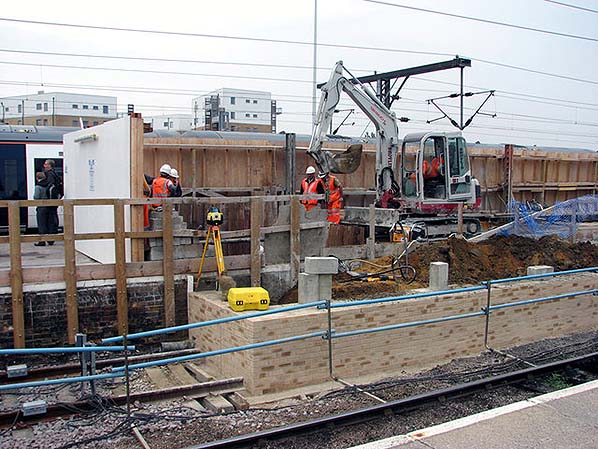
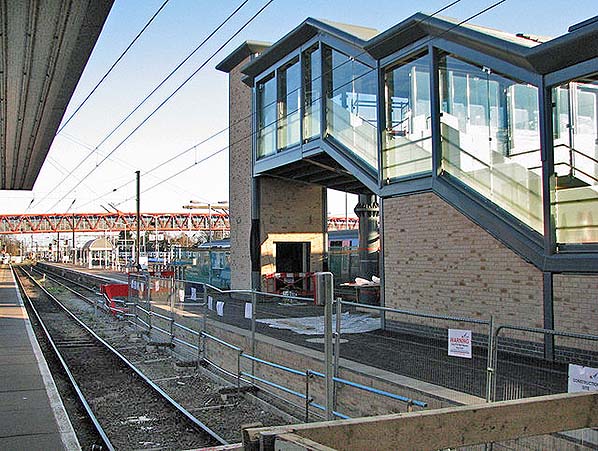
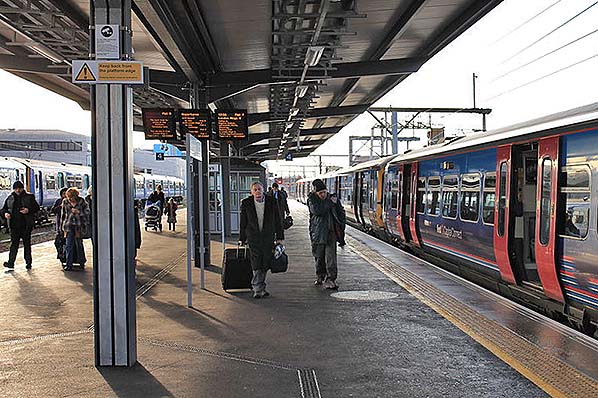
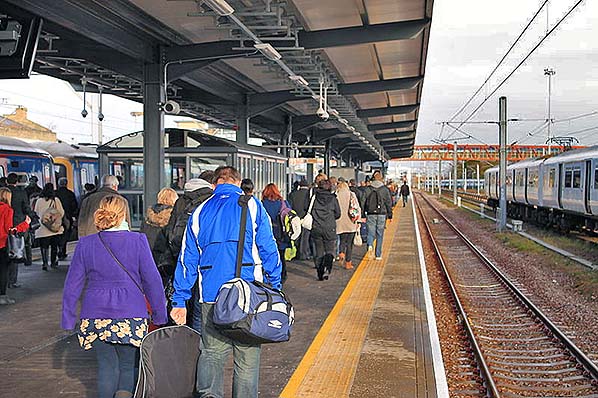
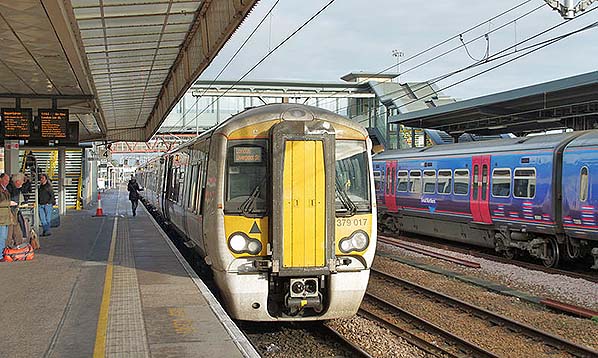
 Unit 379013 is the odd man out, having been converted into a Battery Electric Multiple Unit (BEMU). It can run either from battery power or 25kV overhead, with battery charging either from the overhead supply, shore supply or, in part, by regenerative braking. The idea is to be able to operate through services onto non electrified sections of track. Liverpool Street - Cambridge - Newmarket, for example, or the Marks Tey -Sudbury and Ipswich - Felixstowe branches.
Unit 379013 is the odd man out, having been converted into a Battery Electric Multiple Unit (BEMU). It can run either from battery power or 25kV overhead, with battery charging either from the overhead supply, shore supply or, in part, by regenerative braking. The idea is to be able to operate through services onto non electrified sections of track. Liverpool Street - Cambridge - Newmarket, for example, or the Marks Tey -Sudbury and Ipswich - Felixstowe branches.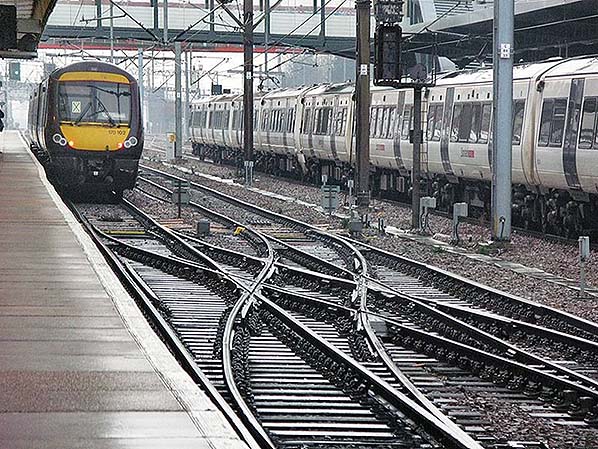
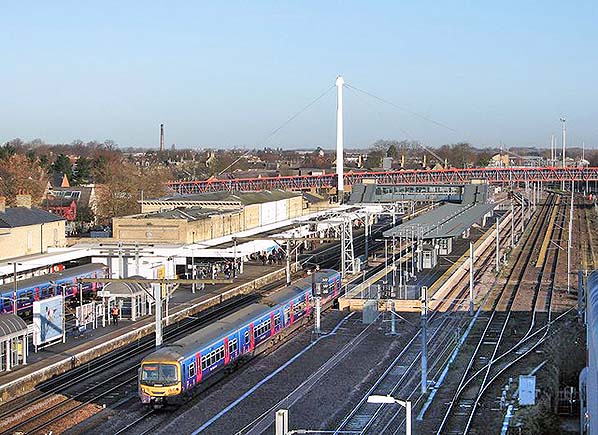
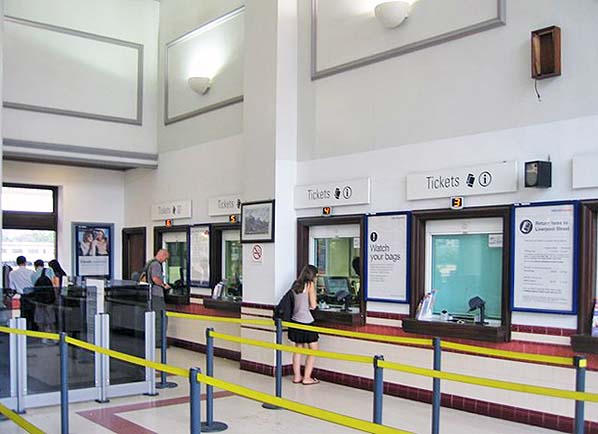
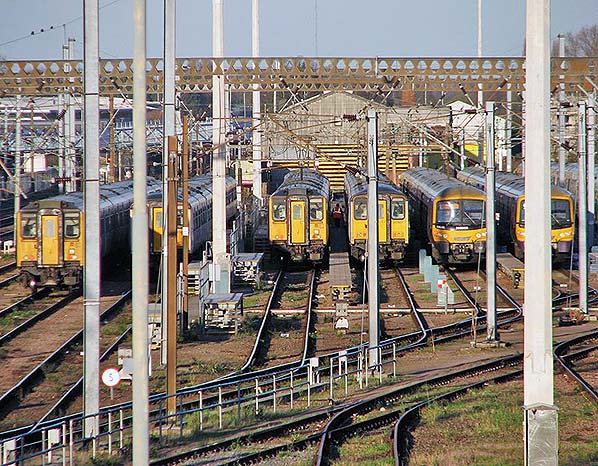

 Home Page
Home Page